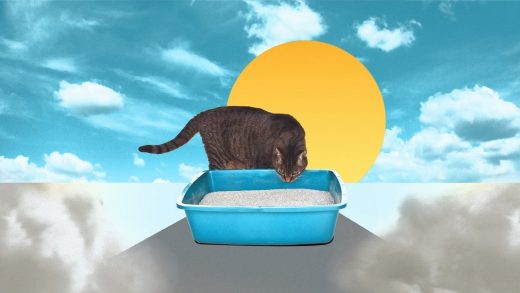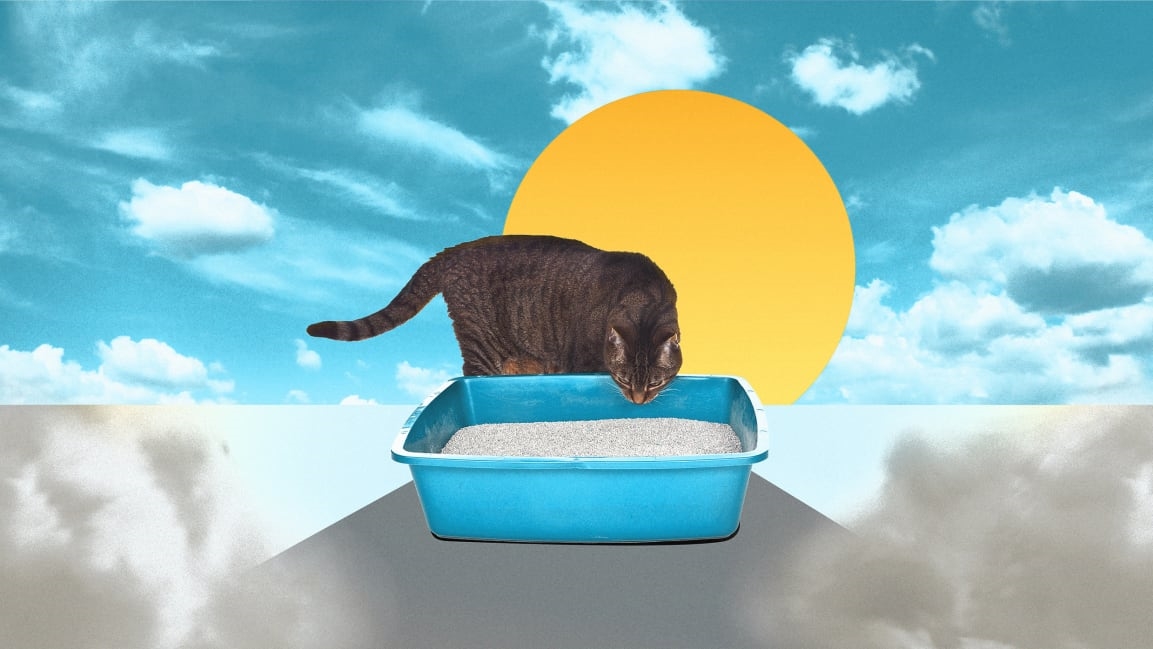How an ingredient found in cat litter could help fight climate change
While some startups begin to pull CO2 from the air, researchers at MIT are working on another challenge—how to also remove methane, a much more potent greenhouse gas. In the first 20 years after it’s emitted, methane has more than 80 times the global heating power of CO2. That also means that if it can be pulled out of the air, it could quickly have a major impact on climate change.
In a newly published study, the researchers tested the use of zeolite, a type of cheap clay used in cat litter, treated with a small amount of copper. In the lab, as a stream of methane flowed through a heated tube filled with the new material, the methane turned into CO2. The process works even when the concentration of methane is very low.
In theory, the CO2 could be used to make new products, from sunglasses to vodka to jet fuel. But even if it’s just released into the atmosphere, there’s a benefit.
“When people hear that [the process creates CO2], they say, ‘Yikes, that’s not good—I know CO2 is bad for the environment,’” says Desiree Plata, an engineering professor at MIT and one of the authors of the paper. “But it turns out that methane is actually much worse, from a global warming perspective. What this allows us to do is bring immediate climate benefit into the Earth system and actually change global warming rates in our lifetime.”
If half of the methane in the atmosphere was converted to CO2, Plata says, the concentration of atmospheric carbon would rise by one part per million, from 417 parts per million to 418. But global warming would be reduced by 16%.
In the past, others had tried to use a similar process to turn methane into methanol, a fuel. But it’s challenging to run the process cost effectively; the process works better if the reaction goes from methane to CO2. Others have tried to develop technology to capture methane in coal mines, but used expensive materials that also required extra high heat. The zeolite-copper material is affordable, and the reaction works at far lower temperatures.
Next, the researchers plan to tweak the structure of the material to best capture methane. “Pushing air through cat litter is not easy,” Plata says. “You can imagine all of the technical challenges that would result—blowing powder around, and then heating that is a challenge as well. So one of the things that we need to do is get the catalyst structured in a way that lots of air can come by it relatively quickly, but still give you a good reaction.” The end result will be similar to a catalytic converter in a car, she says.
The system could be used in places where methane emissions are high. On farms, in barns filled with cattle—a major source of methane through cow burps and manure—the tech could tap into existing ventilation systems on walls. “We would just plug in downstream of that, and that’s good because we’re taking advantage of air that’s already moving,” she says. The system could save electricity by avoiding the use of fans. As the methane is converted, it also generates heat, which can be used in the system to keep the reaction running.
Solving the world’s methane problem also depends on cutting emissions of the gas. In the oil and gas sector, that means tracking down leaks and tightening pipes (and, eventually, transitioning away from fossil fuels). At landfills, pipes can capture methane from rotting food and turn it into electricity. On farms, methane digesters can also turn manure into energy. Other solutions, like feeding cows seaweed supplements, could potentially also help.
Other methane sources will be harder, if not impossible, to eliminate, like the methane that’s being lost from melting permafrost. And, as with CO2, there’s already a lot of methane in the atmosphere—so removing the gas that’s already there could be crucial.
Fast Company , Read Full Story
(44)



